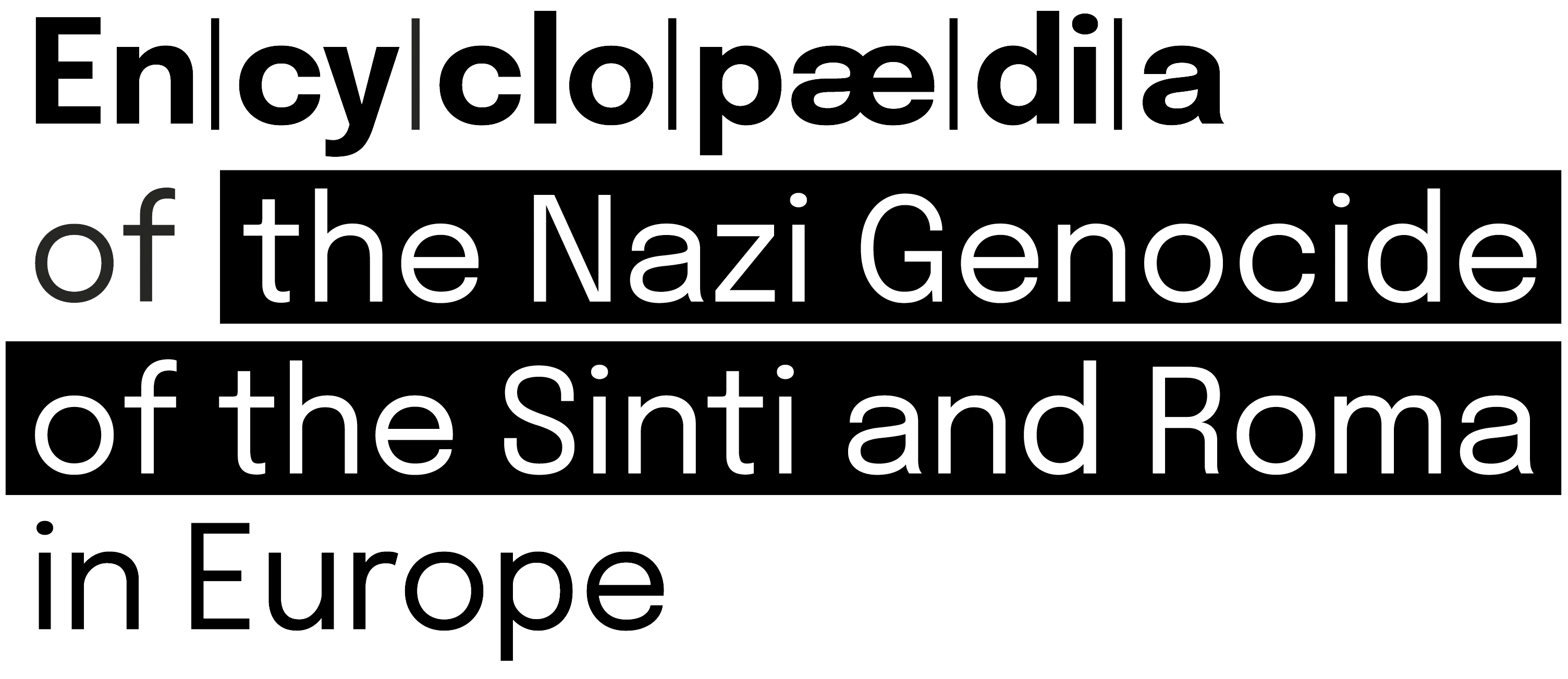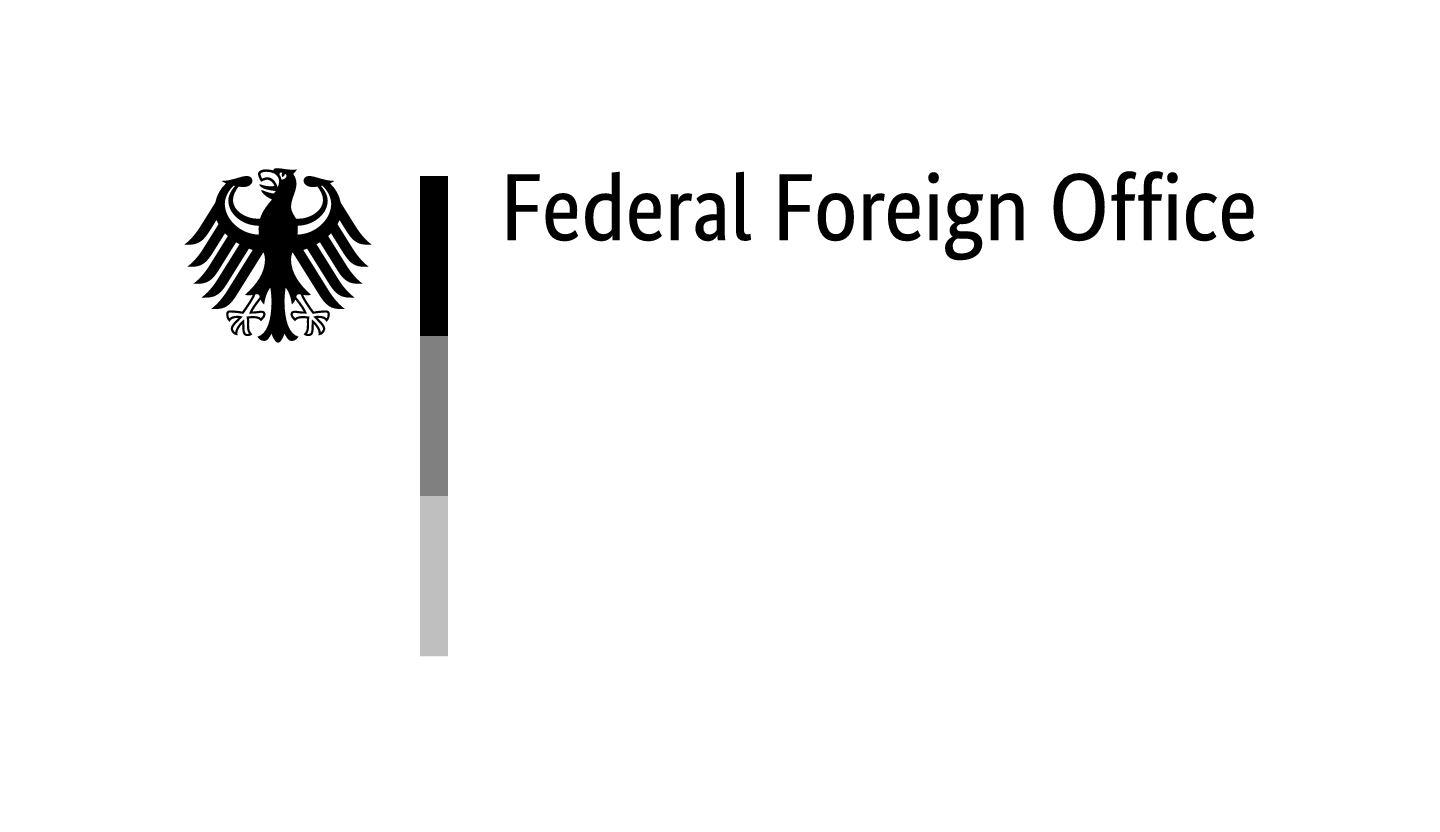Seven mass deportations of Roma and Sinti from the Protectorate of Bohemia and Moravia to Auschwitz-Birkenau concentration and extermination camp took place during the years 1943 and 1944. Based on the Auschwitz Decree of 16 December 1942, they were prepared in secret.
Selection of the Victims
The order to assemble the transports was issued by the German criminal police, and the execution of the deportations was entrusted to the Protectorate Criminal Police and Gendarmerie. According to the results of its ‘racial assessments’, the German Criminal Police Headquarters [Kriminalzentrale] in Prague decided who was to be regarded as a ‘racial Gypsy’ or a ‘Mischling’ and therefore would be included in the transports.
In the original plan, the first scheduled for deportation from the Protectorate were the inmates of the ‘Zigeunerlager’ Lety near pisek and Hodonin near Kunstadt. However, these plans were changed because the relevant officials were worried about a possible spread of the typhoid epidemic which was rampant in both camps. The first to be deported were thus those who until then had been living in their own homes under police supervision.
In larger towns and cities with railway stations, Romani men, women and children were assembled over several days at so-called collection points – gyms, inns and other facilities – where they spent several days before the actual deportation. Their money and valuables and their other property, including houses, caravans and animals, were confiscated (if they had not already been stolen) and sold at public auctions or forfeited to Germany.
Once people were on the deportation list, their chances of being exempted from the transports again were remote, but sometimes existed. Children from ‘mixed marriages’ and others with good connections to non-Roma who had contacts with the occupiers had a certain chance to escape, and lighter skin colour or bribes could also help.
Several isolated cases of rescue attempts are documented in Moravia. For example, the family of Tomáš Holomek (1911–1988), the first Romani lawyer in Czechoslovakia, escaped deportation thanks to early warning and going into hiding. In Hrušky, two prominent men of the village, the current and former mayor, tried to save a local Romani family, but ultimately failed. The mayor of the village of Nesovice (Vyškov district) was successful, negotiating an exception with the Gestapo in Brno for the local Holomek family. Two families in Oslavany were also taken off the transport at the last moment, saving Anna Danielová (1921–1999) among others. The Protectorate Police was reprimanded by the German Criminal Police at the end of April 1943 for the number of exemptions granted in Moravia. After a review, most of the exemptions were cancelled by the Criminal Police Headquarters in Prague, and most of the Roma who had not yet been arrested were deported in other mass transports.
Transportation
Transports took place by rail, with deportees crammed into freight wagons with doors and windows tightly closed during the hours-long journey without access to food, drink, or toilets. The transports went from Prague via Pardubice, Brno, Přerov and Moravská Ostrava, provided by Czech-Moravian Railways in the Protectorate and German Reich Railway beyond the borders. Armed escorts were provided by the Non-Uniformed Protectorate Police together with the Protectorate Gendarmerie as far as Moravská Ostrava on the border of the German Reich, and from there the transports were escorted to Auschwitz by German guards.
Seven Transports
The first mass transport of Roma and Sinti from the Protectorate, numbering approximately 1,040 Romani men, women, and children, left Brno on 6 March 1943. During 1943, other transports followed from various places in Bohemia and Moravia. On 10 March 1943, a transport from Prague carrying 650 people arrived at Auschwitz-Birkenau, and this was followed on 19 March by a transport from Olomouc with about 1,050 people. Inmates of the ‘Zigeunerlager’ followed soon after. On 7 May 1943, about 860 people deported from the camp Lety near Pisek arrived in Auschwitz-Birkenau, and on 22 August around 770 people arrived from the camp Hodonin near Kunstadt.
The last transports of Roma and Sinti from the Protectorate arrived in Auschwitz-Birkenau on 19 October 1943 (from Prague and Brno, approximately 90 people) and on 28 January 1944 (from Prague and Brno, approximately 40 people). In total, the Protectorate authorities deported roughly 4,500 Roma and Sinti (out of total estimated population 6,500) to Auschwitz-Birkenau in mass transports. More than a hundred other people labelled as ‘Gypsies and Gypsy Mischlinge’ were deported individually. Most of the deportees did not survive internment in Auschwitz and other concentration camps.




